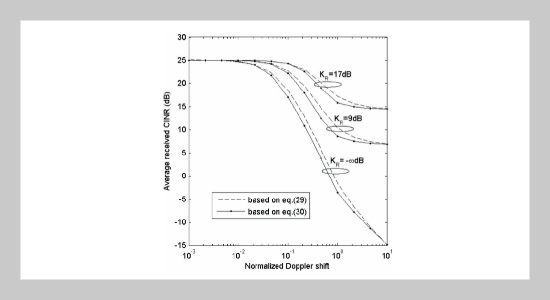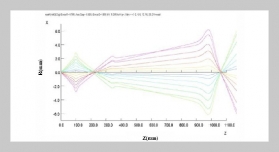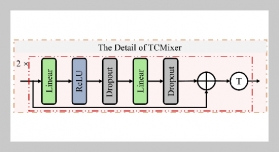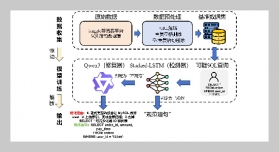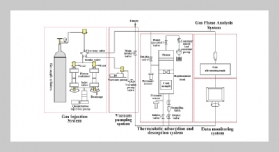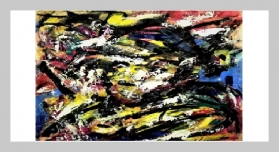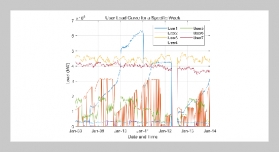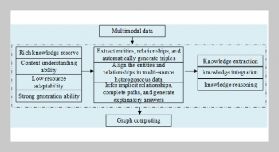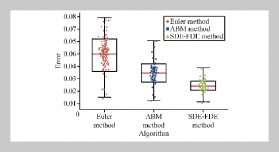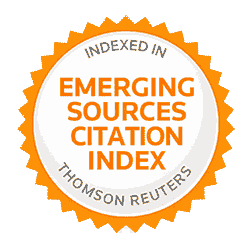Rainfield Y. Yen1, Hong-Yu Liu This email address is being protected from spambots. You need JavaScript enabled to view it.2 and Chi-Hsiao Yih1 1Department of Electrical Engineering, Tamkang University, Tamsui, Taiwan 251, R.O.C.
2Department of Electrical Engineering, Fu Jen Catholic University, New Taipei City, Taiwan 242, R.O.C.
Received:
May 4, 2011
Accepted:
October 12, 2011
Publication Date:
June 1, 2012
Download Citation:
||https://doi.org/10.6180/jase.2012.15.2.08
For data detection in orthogonal frequency division multiplexing (OFDM) systems over mobile wireless channels, the inter-carrier interference (ICI) term arising from Doppler spread is correlated with the desired carrier term. In this paper, we carry out detailed analysis on the power correlation between the ICI and the desired signal term. Explicit closed-form expression for the covariance function of the ICI and the desired carrier power is derived for frequency-selective Ricean fading channels. This expression shows that, in the normal Doppler spread range corresponding to practical vehicular speeds, the ICI power is appreciably correlated with the desired carrier power.ABSTRACT
Keywords:
Orthogonal Frequency Division Multiplexing (OFDM), Inter-Channel Interference (ICI), Ricean Fading Channels, Doppler Spread, Frequency-Selective Fading Channels
REFERENCES


